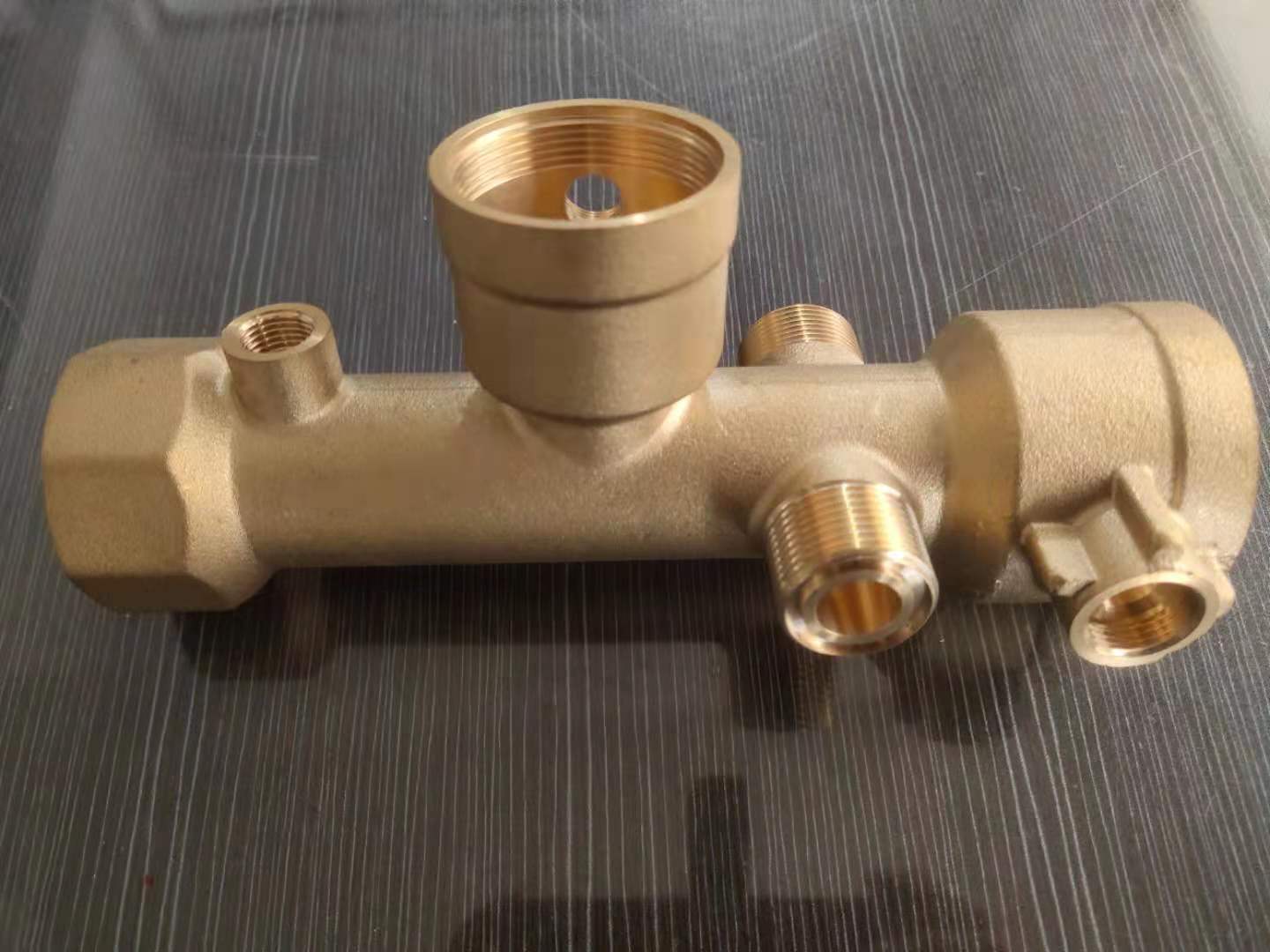When wax is used to make a pattern, investment casting is also called “lost wax casting”. Investment casting usually refers to the casting scheme in which the shape is made from fusible materials, the surface of the shape is coated with several layers of refractory materials to make a mold shell, and then the mold is melted out of the mold shell, so as to obtain the mold without parting surface, which can be filled with sand and poured after high temperature roasting. Investment casting is often called “lost wax casting” because of the extensive use of waxy materials to manufacture the pattern.
The types of alloy produced by investment casting are carbon steel, alloy steel, heat-resistant alloy, stainless steel, precision alloy, permanent magnet alloy, bearing alloy, copper alloy, aluminum alloy, titanium alloy and nodular cast iron, etc.
Generally, the shape of investment castings is relatively complex. The minimum diameter of the casting hole can reach 0.5mm, and the minimum wall thickness of the casting is 0.3mm. In production, some parts originally composed of several parts can be designed into a whole part and directly cast by investment casting through changing the structure of the parts, in order to save processing hours and metal material consumption, so that the structure of the parts is more reasonable.
Most of the weight of investment castings ranges from zero to dozens of newtons (from a few grams to a dozen kilograms, generally no more than 25 kilograms). It is troublesome to use investment casting to produce heavy castings.
The process of investment casting is complicated, and it is not easy to control, and the materials used and consumed are more expensive. Therefore, it is suitable for the production of small parts with complex shapes, high precision requirements, or other processing difficulties, such as turbine engine blades.
Post time: Jan-09-2023

